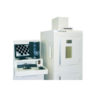Characteristics
Converts X-ray into electronical signal directly via Cadmium telluride compound semiconductor. No need to convert X-ray into visible light with scintillator.
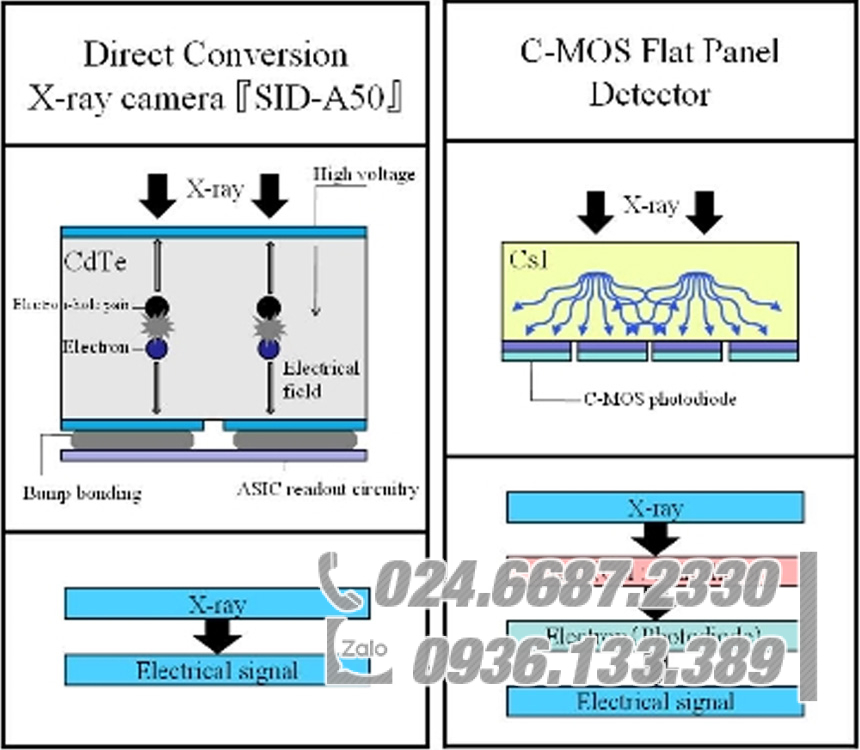
As more and more X-ray penetrate scintillator, “burn-in” effect takes place, causing detector’s sensitivity to deteriorate.
Since Direct Conversion Method X-ray camera does not have scintillator, above problem does not exist.
Ordinary X-ray detectors must convert X-ray into optical light first, then through numerous conversion before converted into electrical signal.
Inefficient conversion rate causes data to deteriorate.
Direct Conversion Method X-ray Camera SID-A50 is equipped with Cadmium Telluride compound semiconductor, which works like “X-ray Photodiode” to convert X-ray into electrical signal directly. This reduces the risk of data deterioration and minimizes image down-grade.
When X-ray penetrates scintillator inside ordinary X-ray detectors, light grows like a firefly, causing the image to be fuzzy.
Direct Conversion Method X-ray Camera’s image comes out crystal clear, due to its scintillator less structure. Compared to ordinary Indirect Conversion X-ray Detectors (C-MOS Flat Panel Detectors), SID-A50 has superb sensitivity.
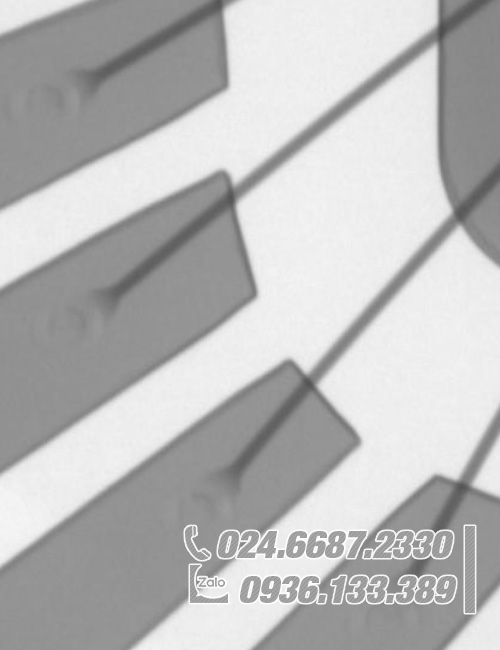
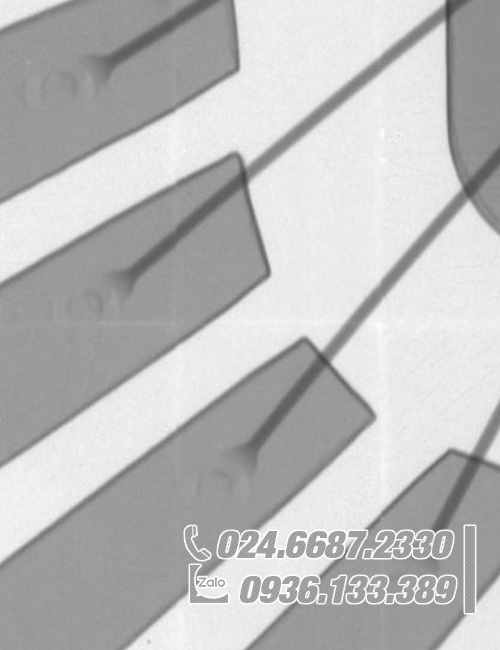
=> Sensitivity is about 6 times more than that of C-MOS Flat panel Detectors. Better sensitivity means that the camera can express minute difference in X-ray dosage, and this leads directly to the dynamic expression of minimal faults and slight amount difference of solders.
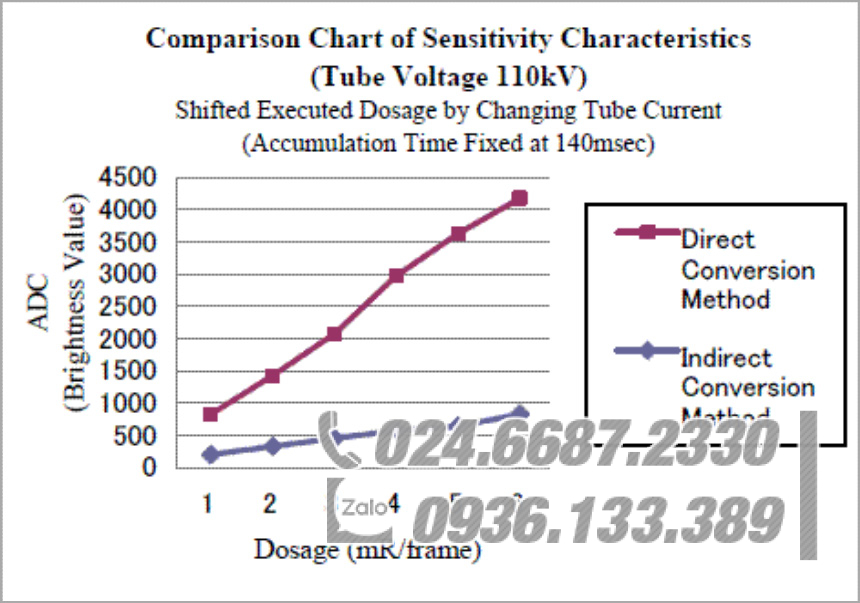
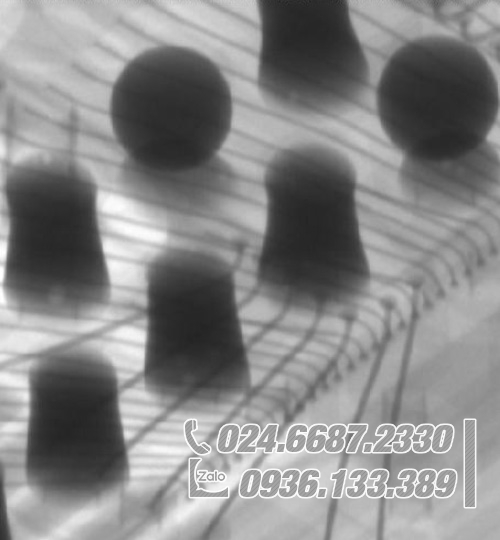
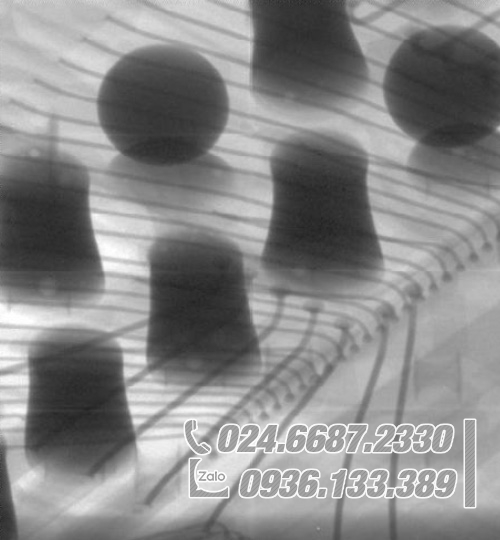
Compared to ordinary X-ray detectors (C-MOS Flat Panel Detector), SID-A50 has about 5 times the life.
=> Readout electronics (C-MOS and ASIC) inside X-ray detectors are vulnerable to X-rays.
Ordinary X-ray detectors’ (C-MOS Flat Panel Detectors) C-MOS photodiode is only protected by the thin layer of scintillator. This thin scintillator can only absorb several dozen percent of X-ray. Majority of X-ray passes through, penetrating the readout electronics behind, damaging the detector itself, and ultimately ceasing its function all together.
Direct Conversion Method X-ray Detector (SID-A50) also has readout electronics which is vulnerable to X-ray, yet the Cadmium Telluride in front can absorb more than 99% of X-ray at 120kV. This greatly reduces the damage toward readout electronics, prolonging the life of the camera tremendously.
Specifications
| Model | SID-A50 | |
| Method | Direct Conversion Method X-ray Camera | |
| Semiconductor Device | CdTe (Cadmium Telluride) | |
| Dimension | (W) 155mm x (D) 170mm x (H) 40mm | |
| Active Area | 51.2mm x 46.4mm | |
| Frame Rate | 2-50 frames/sec (1:1 binning) | |
| Spatial Resolution | 6LP/mm or more | |
| Resistance to Radiation | Confirmed working normal after receiving 5,000,000 Roentgen | |
| Applicable X-ray | Tube Voltage | 20~100kV (Closed Tube) |
| 20~160kV (Open Tube) | ||
| Tube Current | 5mA Maximum | |
| Interface | Camera Link |
- Specifications and exterior may change without notice.
- When exporting this product outside of Japan, please check with the local government/law for proper handling.

